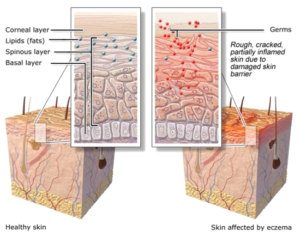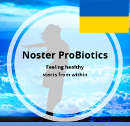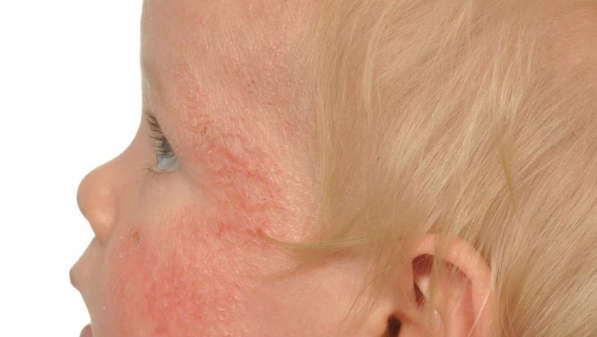Ancient Eczema History
Eczema history is fascinating, being first described around 2500 years ago. It is also known as atopic dermatitis.
Eczema, meaning “boiling over”, has been know since the time of the father of modern medicine, the ancient Greek, Hippocrates 460 – 370 BC. He mentioned it in one of his texts, treating a patient with very dry, thickened and scaly skin and a strong itch present all over the patient’s body.
Emperor Augusta of Rome, 63Bc – 14AD, suffered from itchy dry patches and a seasonal respiratory condition.
Dermatitis and eczema became synonymous and the word eczema was first used in 543 by the Greek physician Aetius of Amida.
Modern Eczema History
Eczema was described in the first dermatological book in 1572 by the Italian physician, Merularis. He and other later authors classified all conditions according to their location on the body and not according to their symptoms. The cause was unknown. Too much of modern medicine, this is still the case
Fred Wise and Marion Sulzberger introducing the term atopic dermatitis to modern dermatology in 1933. They based it on atopy, a word created by Arthur Coca and Robert Cooke in 1923. They recognised the link between rhinitis (runny nose) and asthma. They didn’t know it but they are both autoimmune diseases. As with most autoimmune diseases, they respond well to probiotics.
The condition affects 20% of the child population of the world and around 3% of adults. This condition along with other autoimmune diseases are on the rise. This is parallel with the rise of C-Section births.

There are many different types of eczema, the common ones that affect C-Section babies.
- This is atopic eczema or infantile, flexural, or atopic dermatitis. Atopic Eczema is a rash-causing itching on the head, scalp, neck, elbows, the bend of the knees and buttocks.
- Seborrheic dermatitis is another type, also known as cradle cap. Seborrhoeic Eczema causes a greasy scalp, flaking or peeling of the scalp and eyebrows. The flaking and peeling can extend to the face and trunk.
Other articles in this series

